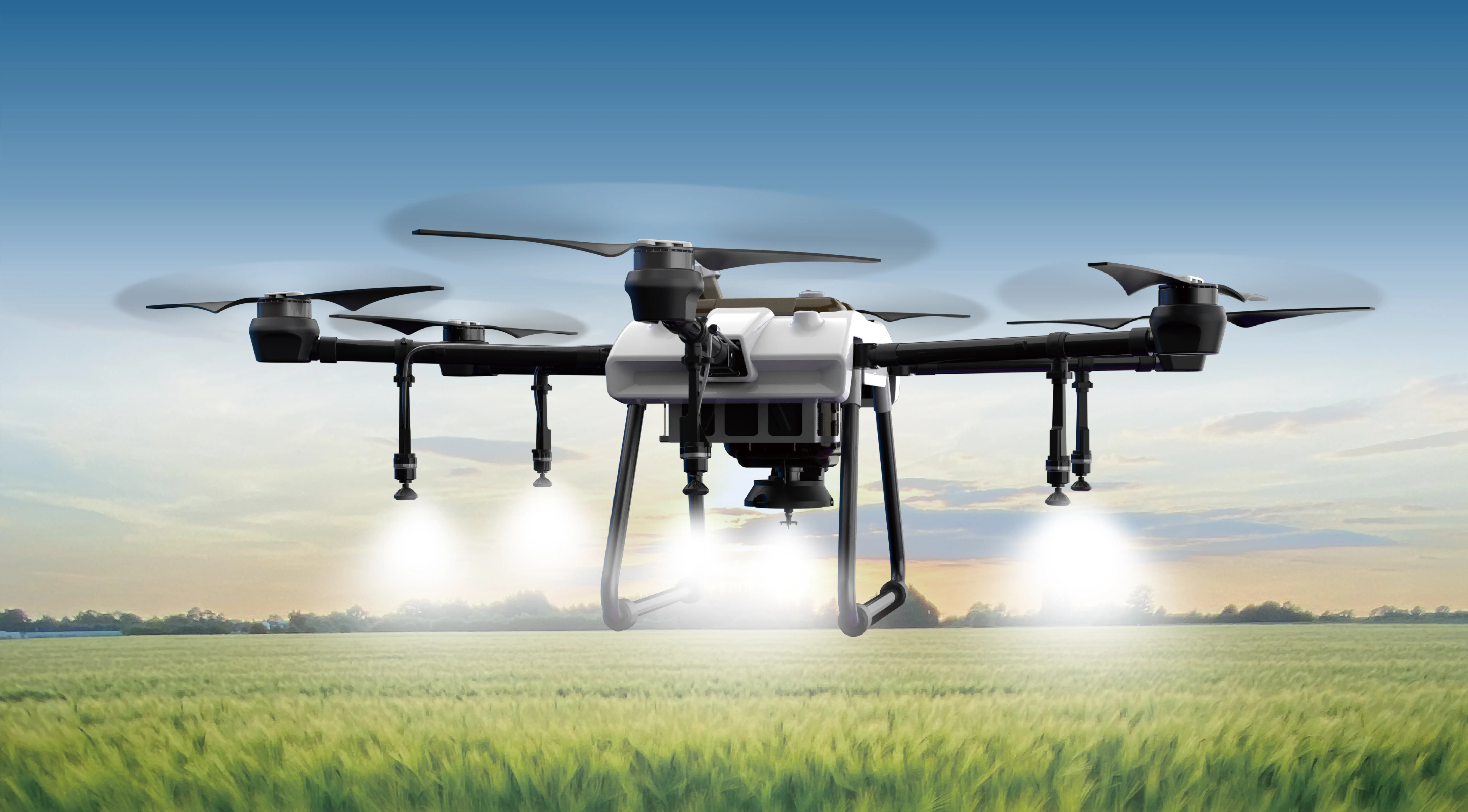Got it. Here’s a lively, non-linear, engaging piece about using a servo motor with Arduino to make it turn precisely 90 degrees, wrapped in a casual tone that still hits all the right technical notes.

Ever toyed with the idea of making a robot arm, a camera slider, or even some cool interactive art? The secret weapon behind smooth movements? A reliable servo motor paired with Arduino. You’d be surprised how simple it is to get a servo to do that perfect 90-degree turn, and once you nail that, the possibilities explode.
Imagine you’re building a project and want your servo to rotate exactly 90 degrees. You could fiddle with values forever—like adjusting a stereo’s bass knob in the dark. But with a good code snippet, it’s almost effortless. Why does it work so well? Because servo motors are designed for precise positional control, and the Arduino gives you all the commands you’d ever need to tell it exactly where to go.
Here’s the lowdown: sending a signal of 90 degrees to the servo’s control pin is as simple as writing an angle value into the code. For example, calling myServo.write(90);—boom—your servo aims right at that position. Now, how about getting it to animate smoothly? Insert a little delay or even a loop that gradually increases the position; it feels like magic, but it’s just good coding.
Some might ask, “What if I want a servo to go back and forth, repeat, or stop precisely at 90?” Easy! Loop it or set conditional triggers. Imagine a robotic door that swings open to 90 degrees when someone approaches—it’s basic but incredibly effective. These are the kinds of small but impactful movements that turn DIY projects into professional-looking builds.
One thing that often goes unnoticed: power supply. A servo craves stable voltage. Using a dedicated power source is key—otherwise, guesswork comes into play. Underpowered servos? They jerk or jitter, ruining that perfect 90-degree shot. The good news? Well-designed power setups make life way easier.
Curiosity kicks in—what makes a particular servo better or worse? Well, torque, speed, and durability factor heavily into the choice. For small projects, a lightweight servo can do the job just fine. For heavy loads, you’ll want something beefier—like a KPOWER servo with higher torque ratings. That’s when precision control really matters; a servo that can hold its position without wobbling is worth gold.
Now, the fun part—testing. It’s all about tuning the code, testing the range, and maybe even adding a tiny potentiometer to manually adjust the angle. It’s like fine-tuning a musical instrument. When it hits that perfect 90 degrees, you’ll know it—like the last piece of a puzzle falling into place.
That little 90-degree turn can open up a world of creativity. Whether you’re developing a camera gimbal, a smart home device, or just some whiz-bang demonstrations, mastering this basic movement makes everything more predictable, more reliable.
People often wonder, “Can I do more than 90 degrees?” Absolutely. That’s just the starting point. From there, it’s all about customizing speed, adjusting limits, playing with feedback. But setting that initial goal—making the servo turn just right—is where the fun begins. Once you’re comfortable with that, you’re on your way to creating smarter, more dynamic projects.
Established in 2005, Kpower has been dedicated to a professional compact motion unit manufacturer, headquartered in Dongguan, Guangdong Province, China. Leveraging innovations in modular drive technology, Kpower integrates high-performance motors, precision reducers, and multi-protocol control systems to provide efficient and customized smart drive system solutions. Kpower has delivered professional drive system solutions to over 500 enterprise clients globally with products covering various fields such as Smart Home Systems, Automatic Electronics, Robotics, Precision Agriculture, Drones, and Industrial Automation.




































